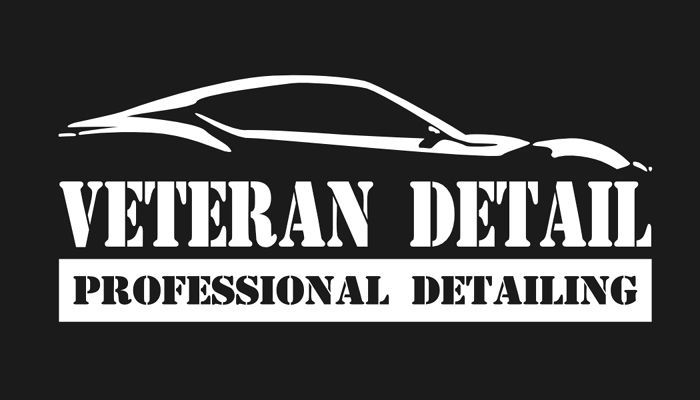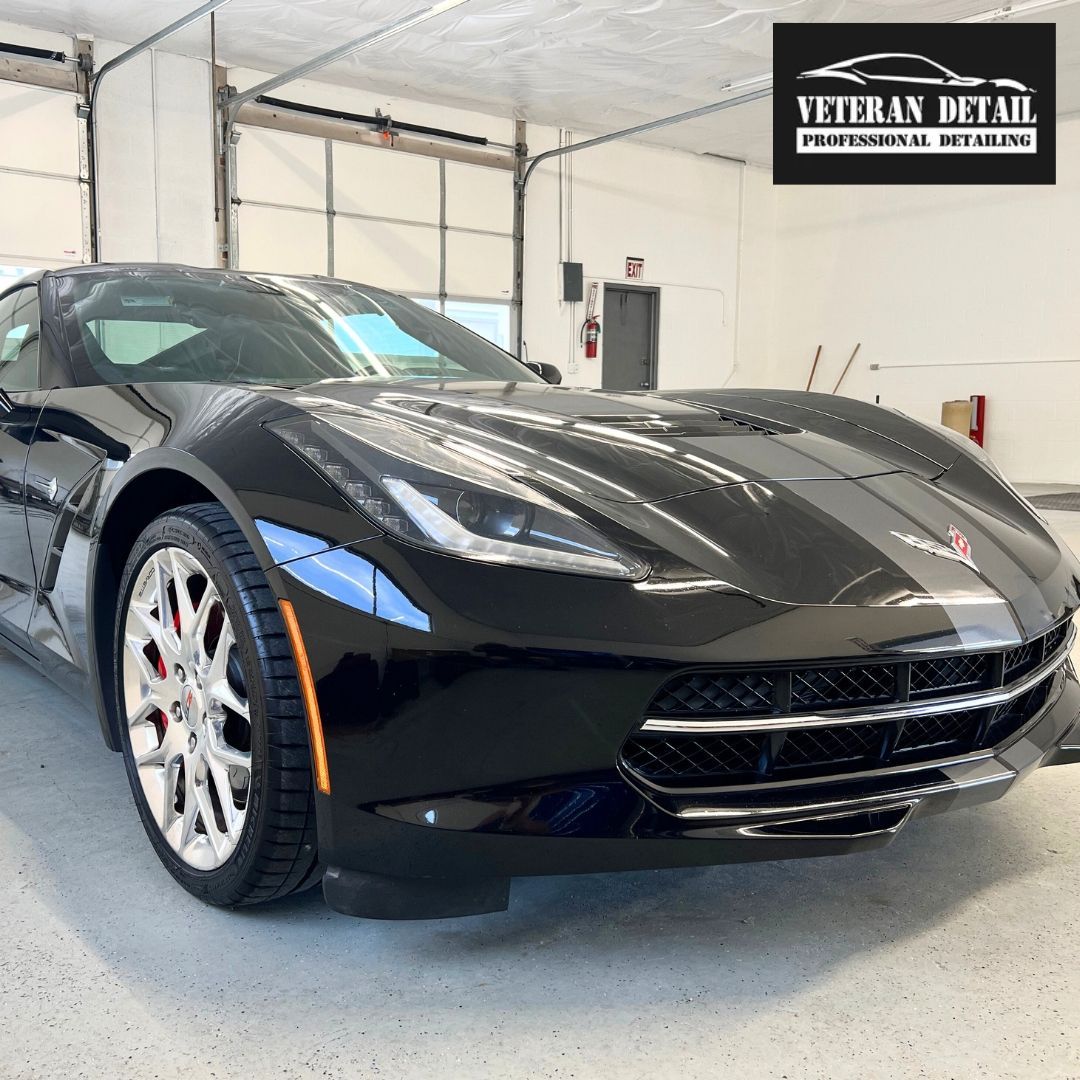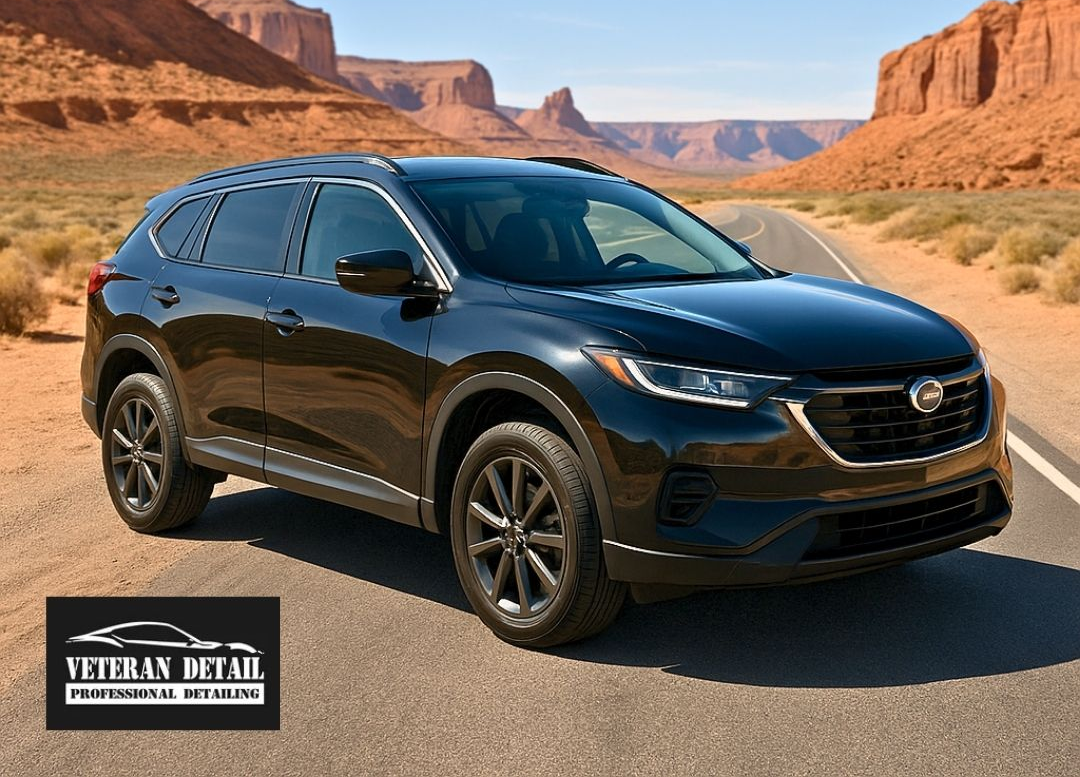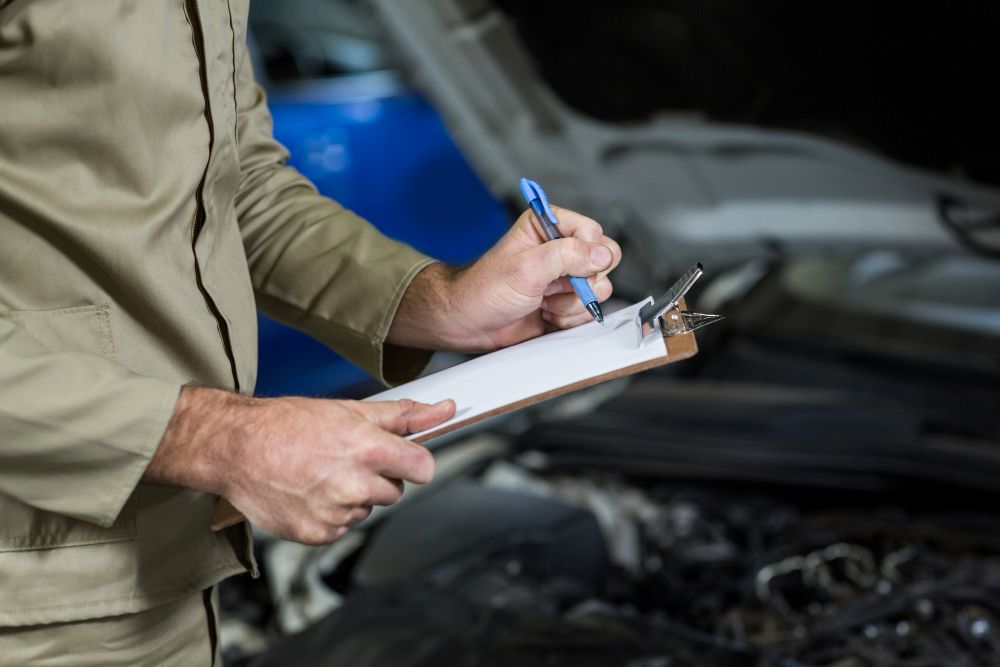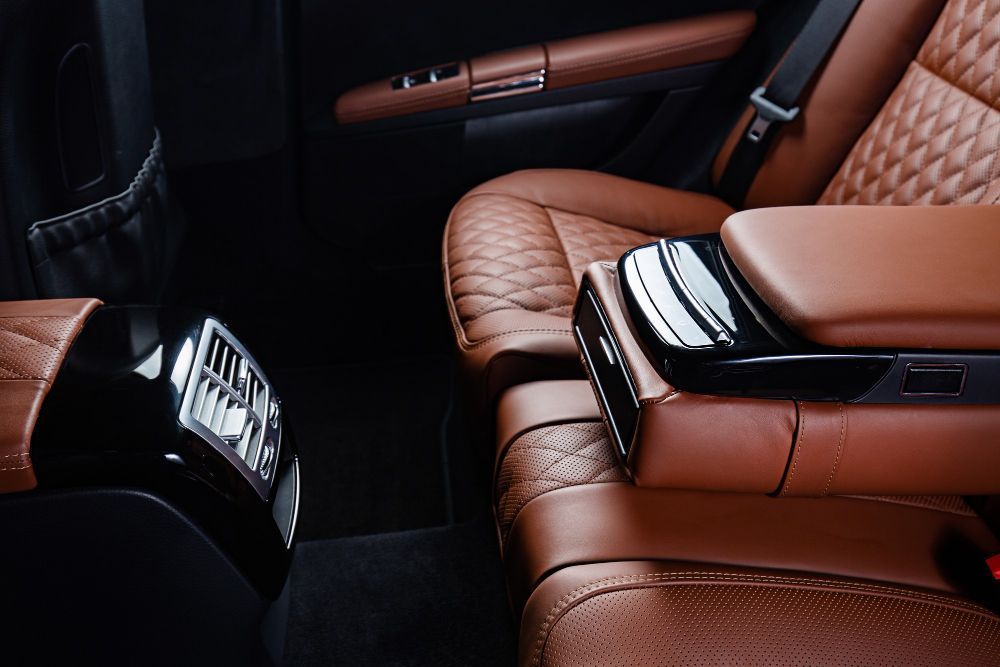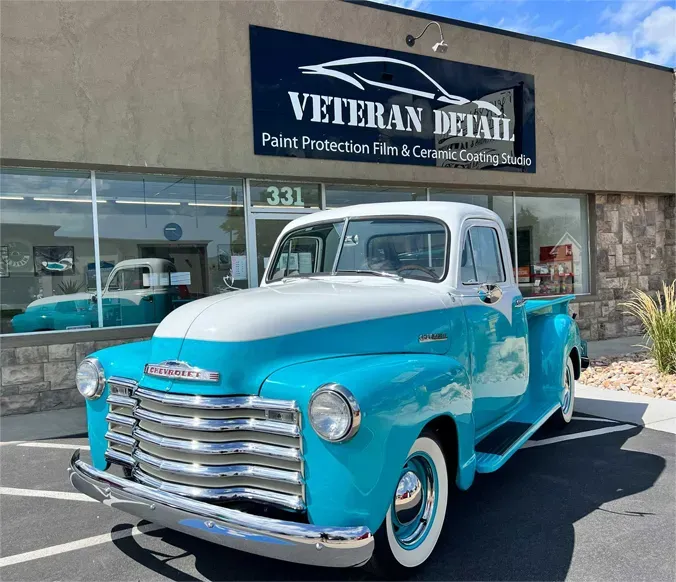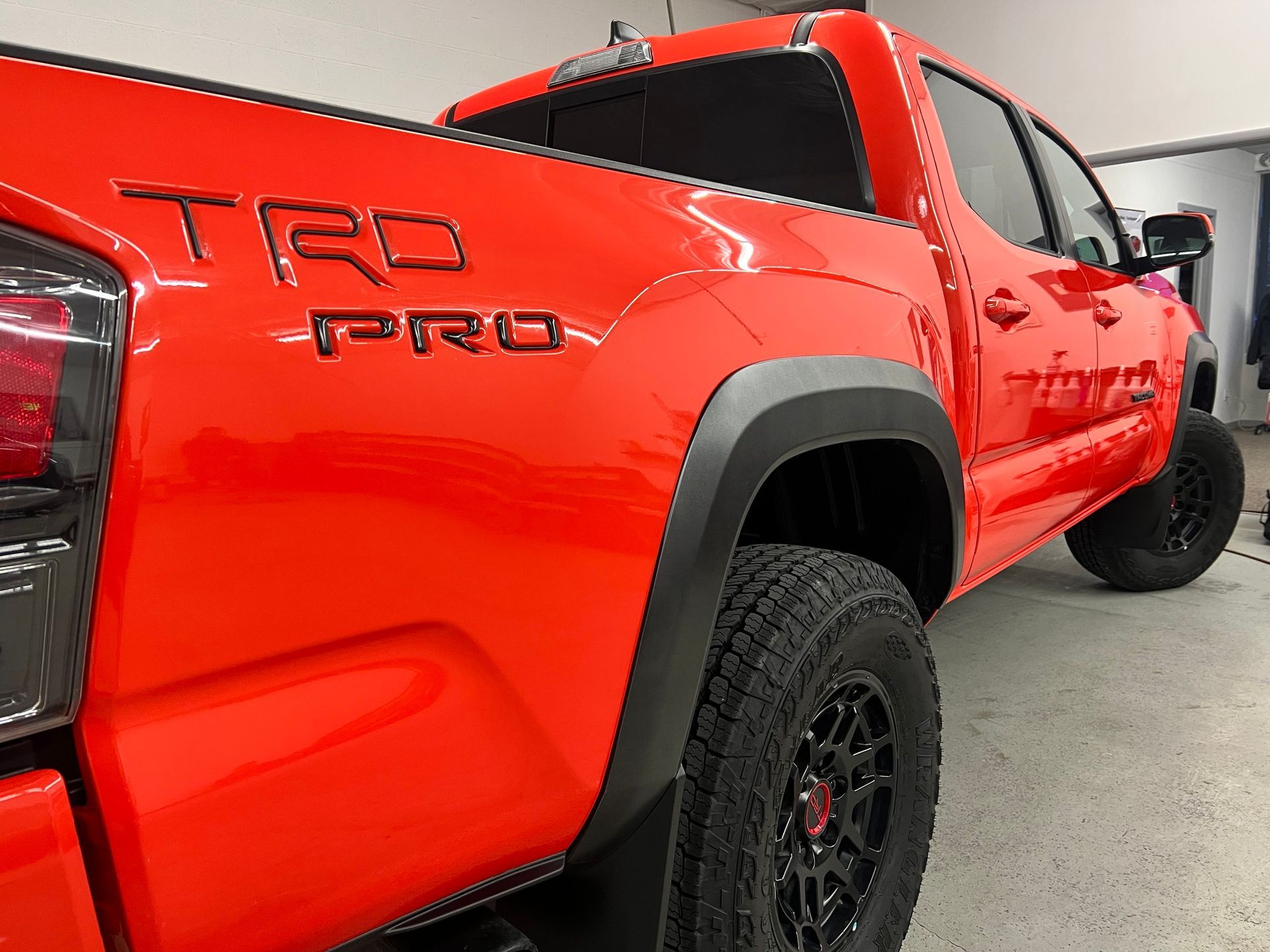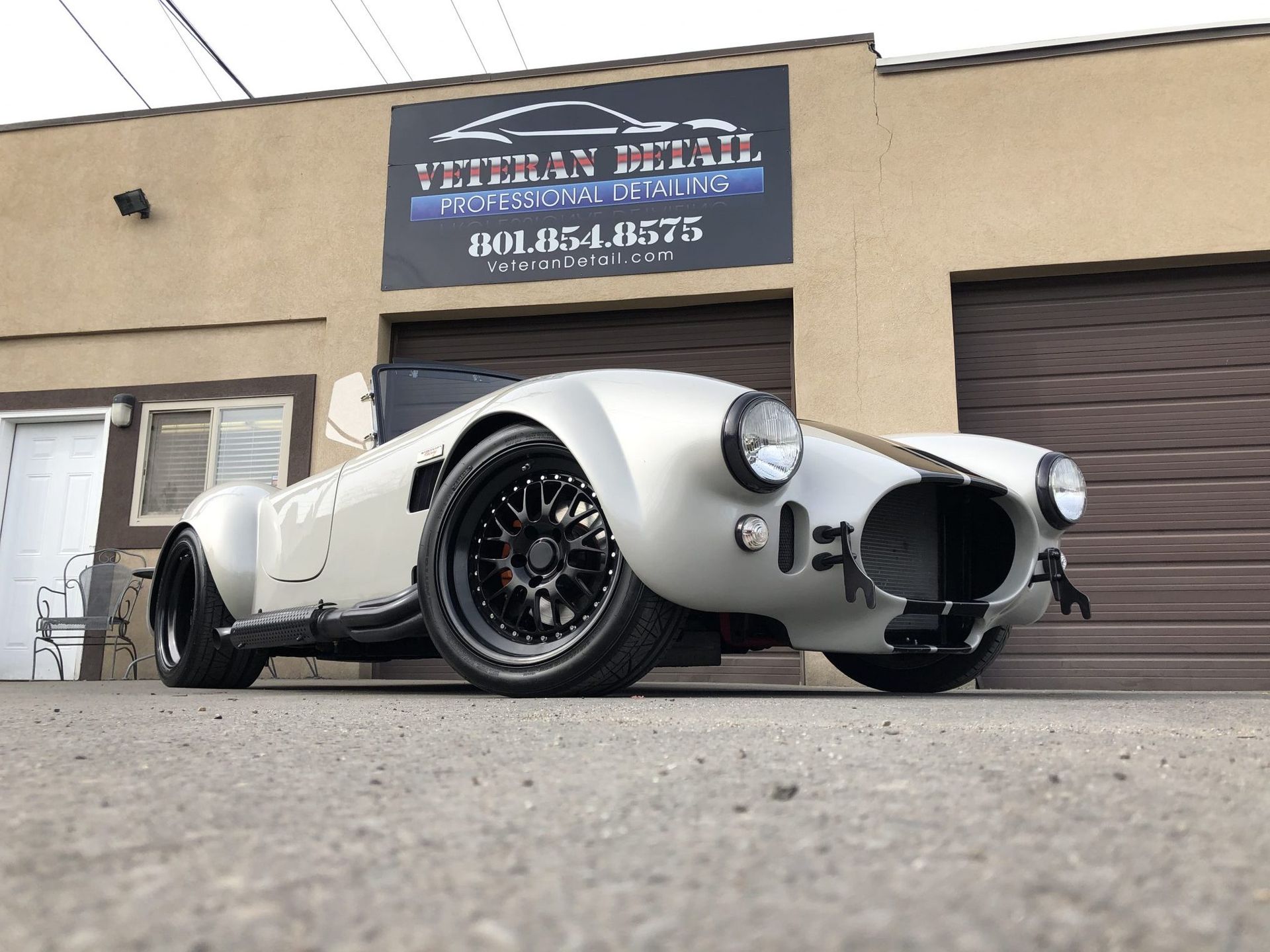
Paint Correction Explained: Achieving a Showroom Shine in Utah County
Every car enthusiast dreams of that flawless, mirror-like finish—the kind you see on showroom floors. But in Utah County, where gravel, road salt, and harsh UV rays are part of everyday driving, paint often takes a beating. Swirl marks, scratches, and dullness build up over time, making even newer vehicles look older than they are.
That’s where paint correction comes in. More than just a polish, paint correction is a professional detailing process that restores clarity, depth, and shine. In this article, we’ll break down what paint correction is, why it matters, how the process works, and why it’s the ultimate solution for Utah drivers who want their car to stand out.
What Is Paint Correction?
Paint correction is the professional process of removing imperfections from a vehicle’s paint through careful polishing and compounding. Unlike a wax or quick polish that temporarily masks defects, paint correction permanently eliminates surface flaws by leveling the clear coat.
The most common paint imperfections that correction addresses include:
- Swirl marks caused by improper washing or automatic car washes.
- Fine scratches from debris, brushes, or careless cleaning.
- Oxidation that dulls the finish, especially in Utah’s strong sunlight.
- Etching from bird droppings, tree sap, or hard water spots.
- Holograms or buffer trails left by poor machine polishing.
By carefully refining the paint surface, detailers restore the depth of color and reflective shine that makes a car look brand new.
Why Paint Correction Matters in Utah County
Utah County presents unique challenges that make paint correction especially valuable:
- Road construction and gravel: Chips and scratches are common from loose debris.
- Winter road salt: Salt exposure leads to surface damage and accelerates oxidation.
- Strong UV rays: High elevation increases sun intensity, fading paint faster.
- Hard water: Local water leaves mineral deposits that etch paint over time.
Paint correction not only restores beauty but also serves as a foundation for additional protection like ceramic coatings or paint protection film (PPF). Correcting flaws first ensures protective layers bond better and look their best.
How the Paint Correction Process Works
Achieving a showroom shine doesn’t happen overnight—it’s a multi-step process requiring skill, patience, and professional tools. Here’s a breakdown of what’s involved:
Step 1: Inspection and Preparation
- The vehicle is inspected under bright lighting to identify all imperfections.
- A thorough wash and decontamination remove dirt, tar, and embedded particles.
- A clay bar treatment ensures a smooth surface before polishing begins.
Step 2: Compounding
- Heavy imperfections are addressed using abrasive compounds and machine polishers.
- This step carefully removes a thin layer of clear coat to eliminate scratches and oxidation.
Step 3: Polishing
- Finer polishes are used to refine the surface, removing haze and enhancing depth.
- Multiple polishing stages may be needed depending on paint condition.
Step 4: Finishing and Protection
- The corrected paint is wiped down to remove any residues.
- A protective layer, such as a ceramic coating, is often applied to seal in the results.
The result: a flawless, reflective surface that rivals a showroom finish.
FAQs About Paint Correction
- Is paint correction the same as polishing?
No. Polishing can temporarily enhance shine, but paint correction permanently removes imperfections by carefully leveling the clear coat. - How long does paint correction last?
If properly maintained, correction results can last years. Adding a ceramic coating or PPF significantly extends protection. - Will paint correction remove deep scratches?
It removes most surface-level defects but cannot fix scratches that cut through the clear coat into the base paint. - Is paint correction safe for all vehicles?
Yes, when done by trained professionals. However, older vehicles with thin paint require extra care and testing before correction. - How much does paint correction cost?
Costs vary depending on vehicle size, paint condition, and correction level (single-stage vs. multi-stage). Professional shops provide custom estimates after inspection.
Conclusion
Paint correction is the ultimate way to restore your car’s beauty, eliminate imperfections, and achieve that glossy, showroom-worthy shine. In Utah County, where road salt, UV rays, and gravel constantly attack paint, professional correction makes an even bigger difference.
Veteran Detail specializes in advanced paint correction, combining skill, professional tools, and a veteran-owned dedication to integrity. Whether you’re preparing for a show or just want to fall in love with your car’s look again, paint correction ensures your vehicle stands out for all the right reasons.
